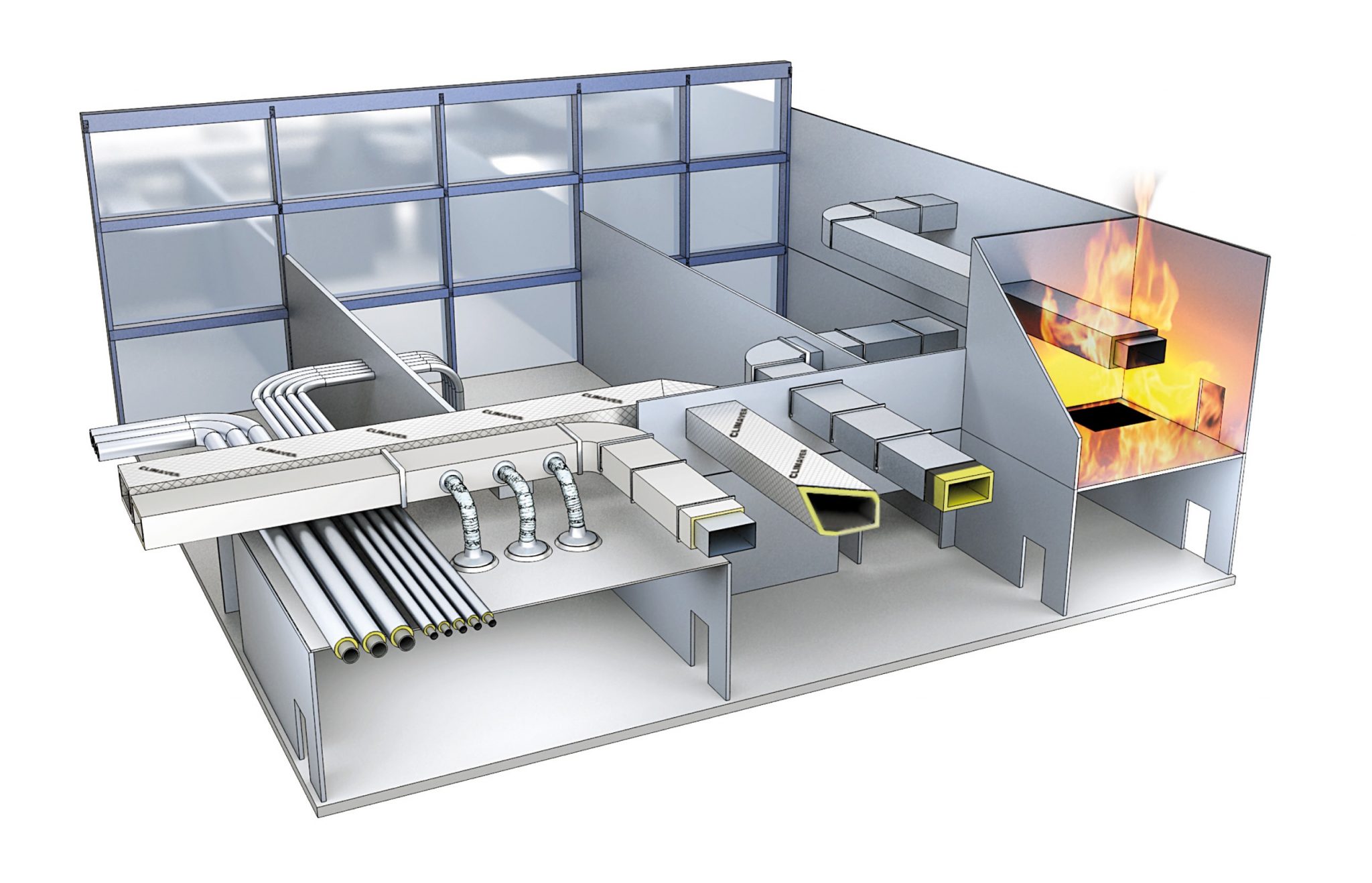Get Tech Tips
Subscribe to free tech tips.
500 BTUs per Person Per Hour?
 I heard a great presentation by Ron Auvil on VAV systems, and it got me thinking…
I heard a great presentation by Ron Auvil on VAV systems, and it got me thinking…
Can you size a commercial system/perform a block load by the number of occupants?
Yes!
No, I'm just kidding. That's crazy talk. There is way more to it than that.
However, in a commercial environment, while the building's perimeter is affected by heat loss/heat gain to the outdoors, the internal zones are “cooling only” zones, with the primary load usually being PEOPLE.
This is where the 500 BTUs per hour comes in. On average, a sedentary worker in a building will add 500 BTUs per hour to ALL areas of the building, whether it is hot or cold outside. This creates an issue in the winter when the perimeter of a building requires heating and the center of the building requires cooling.
Now, keep in mind that a sleeping person generates heat more in the neighborhood of 260 BTUs/hr, so if it's a REALLY boring job where workers doze off at their computers, it may be less.
Add in the internal electrical loads from lights, computers, and other equipment. You start to realize that EXTERNAL loads are only part of the equation, especially in large commercial buildings with many occupants. In fact, in a busy commercial space, the internal loads generally far outweigh the heat entering from the outside (external load).
This is where the concept of thermal diversity comes in. On a cold day, there may be a need for heat at the building's perimeter to offset heat losses to the outside while still requiring cooling in the center of the building to offset the internal loads.
In a good commercial design, you must have some method of dealing with the thermal diversity between internal and perimeter zones and maintaining appropriate ventilation/outdoor air.
Food for thought.
—Bryan











Comments
Very true now. But this is now a concern in today’s commercial buildings, when energy savings are pursued. While replacing incandescent with florescent light did not change the heat gain much, going to LEDs drops the heat gain a lot. Almost all the load is now people. Building managers are finding the reheat systems too small in the wintertime. A lot more cold complaints.
Very true now. But this is now a concern in today’s commercial buildings, when energy savings are pursued. While replacing incandescent with florescent light did not change the heat gain much, going to LEDs drops the heat gain a lot. Almost all the load is now people. Building managers are finding the reheat systems too small in the wintertime. A lot more cold complaints.
To leave a comment, you need to log in.
Log In